Sabre takes the strain out of China skies
SINGAPORE: More Chinese carriers are embracing sophisticated technology to help them manage growth ahead of the Beijing Olympics next year, an event that could potentially put a strain on aviation resources.
“Chinese carriers are focused on getting ahead of the curve to be ready for growth and peak demand periods such as the Olympics,” said Andrew Powell, regional vice president for Sabre Airline Solutions Asia/Pacific.
“The Sabre Consulting and Solutions Delivery team has been using sophisticated techniques and the AirFlite application to assist airlines in China to understand exactly what flight services are the best fit for the ever-changing needs of the Chinese aviation marketplace.”
Air China, which has been using AirFlite, has seen immediate returns after using such technology. It recently reported US$417.50 million profit in the third quarter ended September 30, 2006. Reports indicate Air China expects its full-year 2006 net profit to rise over 50 percent from last year’s level.
“We are using the Sabre AirFlite suite of applications to harness available information, and understand the Chinese marketplace like never before,” said Qiu Feng, deputy general manager, Network and Revenue Management Department of Air China.
“We are seeing immediate returns by fine tuning flight times, offering better connections, and by the downsizing or upsizing of aircraft for selected routes on specific times of day and days of week.”
“For example, over one week, we recently made 28 changes to our aircraft assignment for international flights from Beijing and enjoyed a 16 percent increase in revenue for those particular flights. We are better able to match how we supply our service and the actual demand at any point in time.”
The aviation industry in China has been growing at a rate higher than the world’s average. According to the General Administration of Civil Aviation of China’s 2005 Civil Aviation Annual Report, the growth rate for passenger traffic from 2004 to 2005 was 6.5 percent higher than that of the world’s average.
In the first three months of 2007, China reported a 15.9 percent increase in passenger numbers over the same period the year before. Of these, 37.1 million were domestic air travellers, and 3.8 million were international ones. The latter represented a 23.9 percent increase.
“Sabre will continue to partner with Chinese carriers to take on the unique business and technology challenges in that region. There is a general culture of change and innovation in the aviation industry in China. As a major vendor in airline technology and expertise, China is an exciting place to be – leading up to the Olympics and beyond,” added Powell.
The Sabre AirFlite Planning and Scheduling Suite combines core flight scheduling functions such as scheduling, profitability forecasting and analysis, fleet and network optimisation and slot management on modern scalable architecture with ‘easy-to-use’ screens. More than 60 airlines run AirFlite.
 United Kingdom
United Kingdom United States
United States Asia Pacific
Asia Pacific



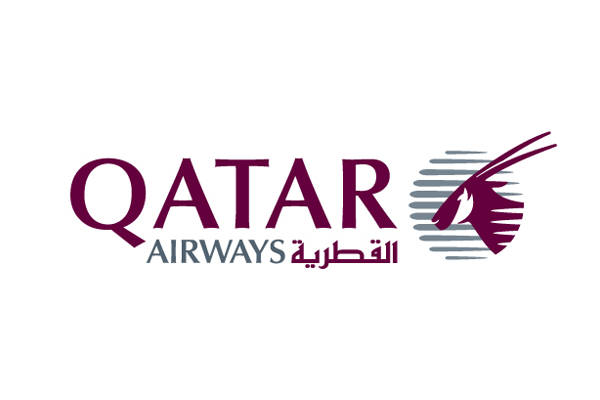

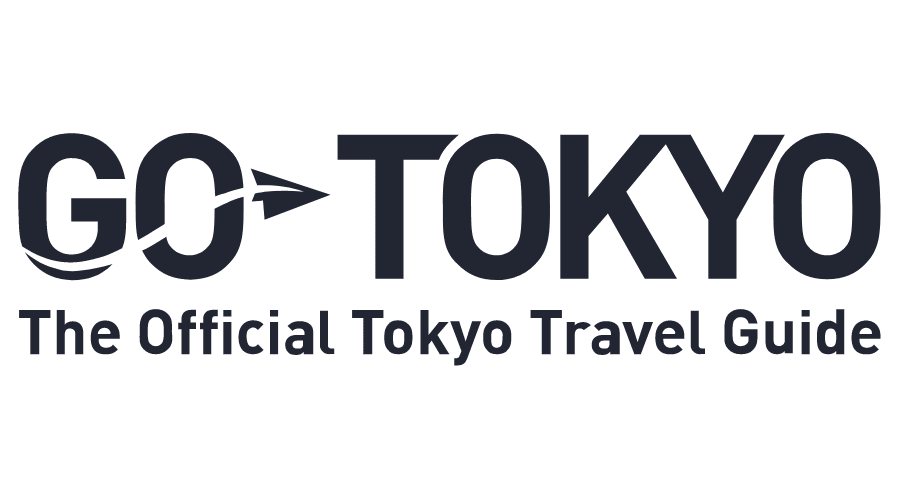





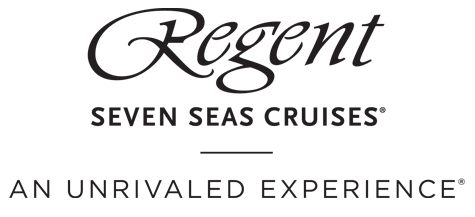


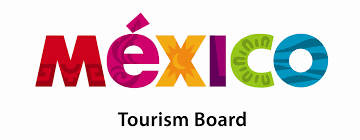
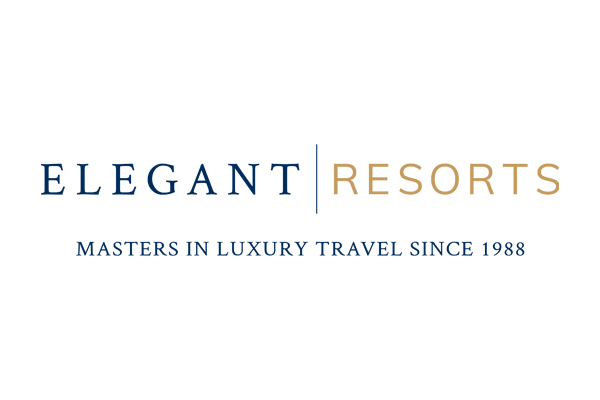
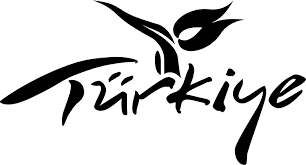

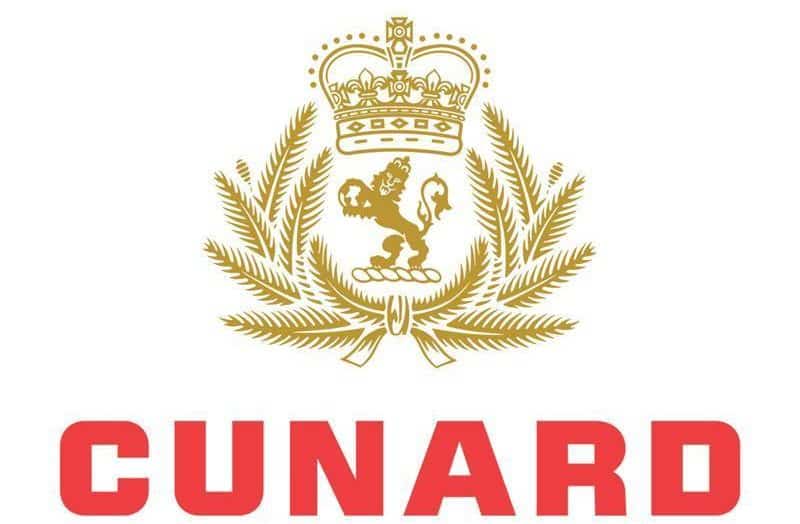

























Dozens fall ill in P&O Cruises ship outbreak
Turkish Airlines flight in emergency landing after pilot dies
Boy falls to death on cruise ship
Unexpected wave rocks cruise ship
Storm Lilian travel chaos as bank holiday flights cancelled